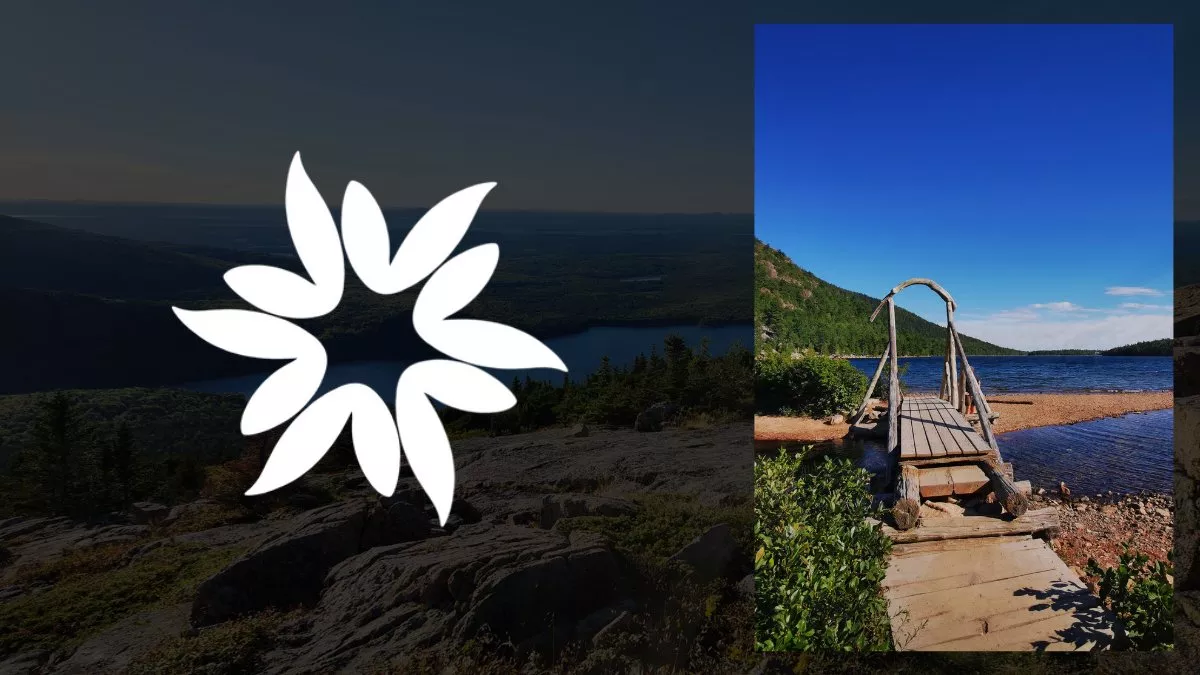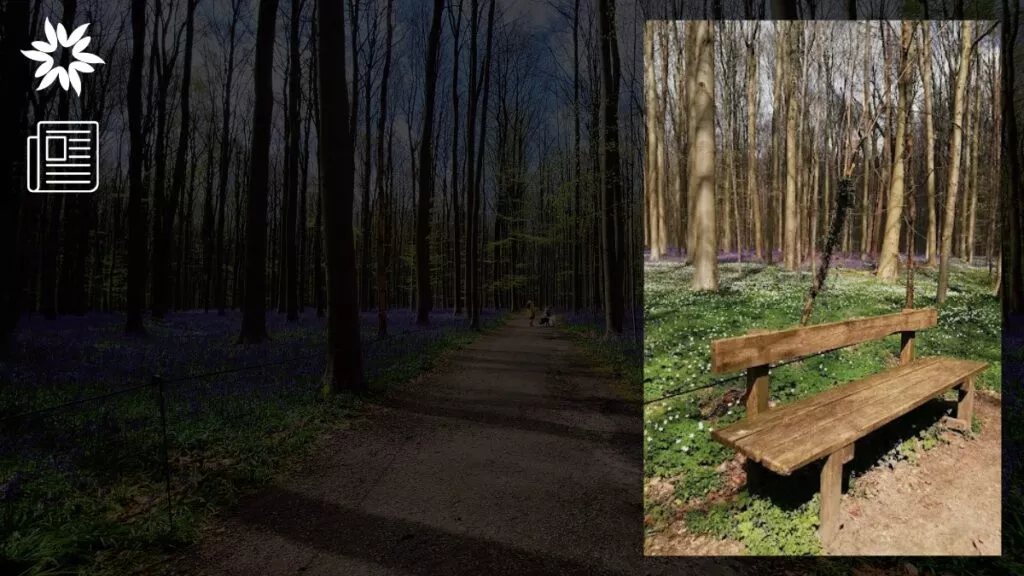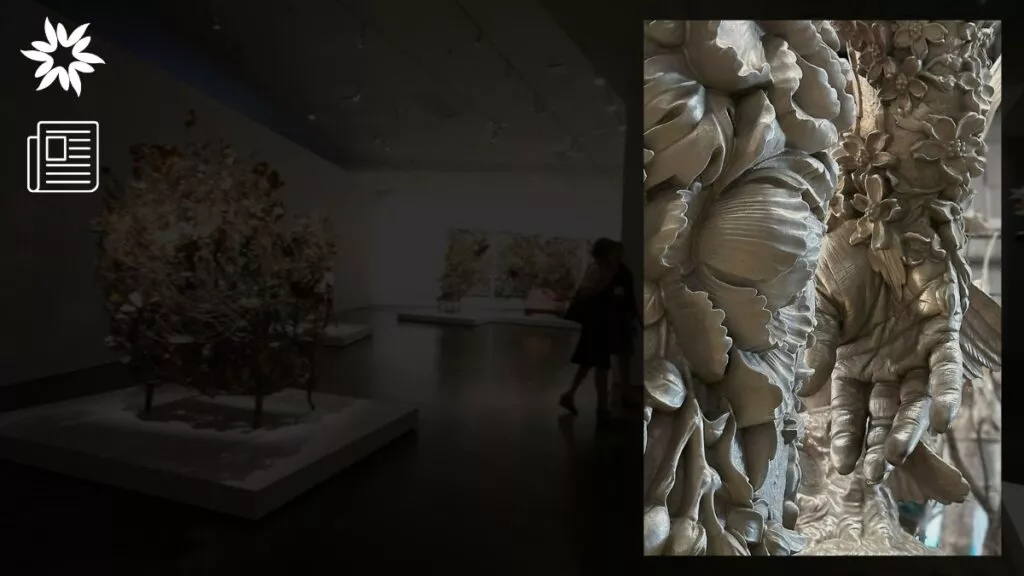Are you feeling stressed from the hustle of city life? Camping is the perfect escape! It’s an awesome way to unwind, enjoy nature, and forget about the daily grind.
Camping helps you relax, reconnect with yourself, and enjoy simple outdoor activities like hiking, fishing, or just stargazing. Plus, it’s a great way to spend time with friends and family, away from phones and work.
So, grab your gear and head to one of the top campsites for some well-deserved downtime!
Key Takeaways
- If you love water activities, check out Pictured Rocks National Lakeshore in Michigan for kayaking and swimming by the cliffs. Consider hiking to Kalalau Beach in Hawaii for a secluded beach adventure, but be prepared for a challenging 11-mile trek.
- Always bring enough water, especially for remote spots like Dry Tortugas National Park, where you need to pack your water and supplies since there's no fresh water on the island.
- Popular spots like Yosemite National Park's campgrounds or the Grand Canyon's Mather Campground fill up fast. Book months in advance, especially during peak seasons, to secure your spot.
1. Acadia National Park, Maine
Acadia National Park is one of the most beautiful places in the U.S., known for its rocky coastline, mountains, and peaceful lakes.
Two popular spots to camp here are Blackwoods and Seawall, both on Mount Desert Island.
Blackwoods is on the island’s east side, about 5 miles from Bar Harbor. Trees surround it, and it has 306 campsites, all close to the coast.
Unfortunately, there are no electricity or water hookups, but you get flush toilets and nearby showers.
It’s open from May to October, and you’ll need to book ahead because it’s super popular.
Conveniently, Blackwoods is close to famous places like Cadillac Mountain and Jordan Pond, making it a great starting point for hikes and exploring.
On the quieter west side of the island, near Southwest Harbor, Seawall is less crowded than Blackwoods and has a laid-back vibe with easy access to the ocean. But you’ll need a reservation here, too.
While there aren’t any showers on-site, you can find them nearby.
It has to be said that Seawall is perfect for those looking to relax, as it offers a peaceful retreat to enjoy the coast.
Both campgrounds are conveniently linked by the free Island Explorer shuttle, which runs from late June to mid-October.
It’s great as the shuttle makes it easy to access hiking trails, beaches, and the Park Loop Road without a car.
2. Great Smoky Mountains National Park
The Great Smoky Mountains National Park, sitting on the Tennessee-North Carolina border, is the most visited national park in the U.S. Millions come here to see its wildlife, amazing views, and wide range of camping spots.
Balsam Mountain is one of the prettiest places to camp in the park. It’s over 5,000 feet up, so it’s cooler in the summer, and you’ll get great views of the mountains.
This small, remote campground is perfect for spotting wildlife like elk and black bears. It’s also close to some of the park’s best hiking trails.
You’ll be pleased to hear that the Smokies have hundreds of miles of trails to explore, as well as waterfalls, fishing spots, and a wide variety of wildlife.
With its misty mountain views and diverse nature, this park is a dream for outdoor lovers.
3. Grand Canyon National Park, Arizona
Mather Campground is one of the go-to places for camping on the South Rim of the Grand Canyon. And it’s only about a mile from the canyon’s edge and has 327 campsites under tall Ponderosa pines.
Each campsite has a fire ring, picnic table, space for up to six people, and three tents, but there are no RV hookups (though there’s a dump station nearby).
It’s open all year, but you’ll want to make a reservation, especially between March and November.
Staying at Mather puts you in a great spot to enjoy plenty of fun things to do. For example, you can hike the Rim Trail for amazing canyon views without the tough climbs.
If you’re up for more adventure, trails like South Kaibab and Bright Angel, which start nearby, take you into the canyon.
Besides hiking, the Grand Canyon is famous for whitewater rafting on the Colorado River, offering everything from half-day trips to multi-day adventures. You can also take mule rides into the canyon or join ranger-led activities.
Mather Campground is close to shuttle bus stops that can take you to different viewpoints around the park, making it super easy to explore.
4. Goblin Valley State Park, Utah
Goblin Valley State Park in southern Utah is known for its incredible rock formations called hoodoos, which make the area look like an alien world.
These “goblins” are sandstone rocks shaped by millions of years of erosion. Due to its remote location and dark skies, the park is great for hiking and stargazing.
At the campground in Goblin Valley, there are 25 campsites, plus a few yurts and spots for RVs. Exploring among the goblins is a popular activity, and there are several trails where you can get up close to these unique formations.
On clear nights, the wide-open sky is perfect for stargazing. Moreover, Goblin Valley is a good base for checking out nearby spots like Capitol Reef National Park and the San Rafael Swell, where you can find even more outdoor adventures.
5. Many Glacier Campground, Montana
Many Glacier Campground is on the east side of Glacier National Park and is famous for its stunning mountain views and abundant wildlife, like grizzly bears, moose, and mountain goats.
There are 109 campsites, some of which can be reserved, while others are first-come, first-served.
If you’re visiting in the summer, it’s best to get there early to get a spot. Nestled close to Swiftcurrent Lake, the campground gives you easy access to popular hiking trails like Grinnell Glacier and Iceberg Lake.
As for the campground, it has basic amenities like flush toilets, drinking water, and bear-proof food lockers.
While showers are unavailable on-site, they are available at the nearby Swiftcurrent Motor Inn.
Surrounded by trees, the campsites offer shade and a quiet atmosphere. Oh, and Swiftcurrent Lake is great for kayaking or taking a scenic boat tour to enjoy the views if you’re into water activities.
Many Glacier is also known for wildlife watching, with grizzly bears, bighorn sheep, and mountain goats often spotted on hiking trails.
Make sure you stick to the food storage rules to keep bears away from your campsite. Plus, being close to the historic Many Glacier Hotel and Swiftcurrent Motor Inn, you’ll have easy access to a general store and laundry facilities—pretty handy, right?
6. Alabama Hills Recreation Area, California
Alabama Hills Recreation Area, located near the Sierra Nevada mountains in California, is known for its desert landscape with unique rock formations.
This scenic spot has been featured in many films and is perfect for outdoor activities like hiking, rock climbing, and photography.
Its location near Mount Whitney also makes it a popular spot for those planning to hike the tallest mountain in the lower 48 states.
One of the highlights of Alabama Hills is the incredible stargazing. With minimal light pollution, it’s a prime spot for watching the night sky, making it a favorite for stargazers and photographers.
Camping here is dispersed, meaning you can pick your own spot among the rocks without designated campsites.
But please note that there are no formal facilities, so you’ll need to bring your own supplies, including water.
The area is also full of great hiking opportunities, with trails that weave through the rocks. One of the must-see spots is Mobius Arch, which perfectly frames Mount Whitney for an awesome photo op.
7. Dry Tortugas National Park, Florida
Camping at Dry Tortugas National Park is a one-of-a-kind experience located 70 miles west of Key West.
You can only get there by boat or seaplane, and the main draw is Garden Key, home to Fort Jefferson, one of the biggest brick forts in the U.S., built in the 1800s.
Camping here is pretty basic—there’s no fresh water or electricity, so you’ll need to bring everything you need, like food, water, and camping gear. It’s recommended to bring at least one gallon of water per person per day.
You’ll need a reservation to camp, and it’s a good idea to book your ferry tickets on the Yankee Freedom III, the main way to get to the park. The ferry allows 10 campers daily, with up to 60 pounds of gear per person.
Once there, you can camp just steps away from the historic fort and enjoy some of the best snorkeling in the Florida Keys, where you’ll see tropical fish, coral, and sea turtles along the moat wall of Fort Jefferson.
One of the coolest things you can do here is stargazing. Since it’s so remote, there’s no light pollution, and the night sky is stunning—a new world opens up when the sun goes down!
Other fun activities include kayaking, exploring Fort Jefferson, and even night snorkeling to see marine life like octopuses and shrimp.
And we can’t forget that history lovers will enjoy learning about the fort, which was built to protect shipping lanes and later used as a Civil War prison.
8. Palo Duro Canyon State Park, Texas
Called the “Grand Canyon of Texas,” Palo Duro Canyon is the second-largest canyon in the U.S., stretching 120 miles and reaching up to 800 feet deep.
The park offers several camping options, from tent sites to cabins and even campsites for horseback riders. Each campsite has basic amenities like water, fire rings, and picnic tables; some spots even boast electricity.
Known for its striking red rock formations and colorful sediment layers, the park is a dream spot for geology fans.
One of its most famous features is Lighthouse Rock, a 300-foot-tall rock formation that can be reached by hiking a popular 6-mile round-trip trail.
Plus, there are over 30 miles of hiking and biking trails to explore, with many offering amazing canyon views.
Palo Duro also has a rich history. It was once home to Indigenous peoples like the Apache and Comanche and later became a hideout for Old West outlaws.
In the summer, visitors can watch the outdoor musical “Texas” performed in the canyon’s amphitheater, which gives a taste of the state’s history.
Wildlife watching is a big attraction here, with chances to see mule deer, roadrunners, and various birds. The park is also a great spot for stargazing, with clear skies and minimal light pollution.
9. Pictured Rocks National Lakeshore, Michigan
Pictured Rocks National Lakeshore, on the southern shore of Lake Superior in Michigan’s Upper Peninsula, is a paradise for nature lovers.
With colorful cliffs, waterfalls, and unique rock formations, this 42-mile stretch of shoreline is perfect for campers, hikers, and kayakers.
For camping, you have several options, like Twelvemile Beach and Hurricane River campgrounds. It’s amazing how Twelvemile Beach sits on a high sandy bluff and offers amazing views of Lake Superior.
Each site has a picnic table and fire ring, plus it’s right by the North Country Scenic Trail, which is great for hiking.
Hurricane River Campground is another great option, located near the Au Sable Light Station. It’s just a 3-mile hike from the campground, with beautiful lake views and a bit of history along the way.
Although, if you want more peace, backcountry camping is available along the lakeshore. These spots are more remote and only accessible by hiking or boating, offering a rugged, off-the-grid experience.
Kayaking is another highlight at Pictured Rocks. Paddling along the cliffs gives you a close-up view of formations like Chapel Rock and Battleship Row.
As you navigate, you’ll discover sea caves, arches, and towering cliffs—and you can even hop out for a hike.
There are also swimming spots, but be warned, the waters of Lake Superior are usually pretty cold, even in the summer.
If hiking is your thing, the North Country Trail offers scenic routes through forests and along cliffs. The Chapel Loop Trail is a popular choice, taking you to Chapel Falls, Chapel Rock, and a beach.
10. Kalalau Beach, Hawaii
Kalalau Beach, on Kauai’s Na Pali Coast, is one of the world’s most stunning and remote camping spots. To get there, you must hike the Kalalau Trail, an 11-mile trek through lush valleys and over streams.
But the hike isn’t for the faint-hearted. It’s tough and sometimes dangerous, with steep cliffs, narrow paths, and unpredictable weather.
The trail starts at Ke’e Beach and quickly climbs through a tropical forest, offering beautiful coastline views.
Two miles in, you can take a break at Hanakapi’ai Beach, and if you’re up for a side trip, you can hike to the 300-foot Hanakapi’ai Falls for an extra treat.
As you keep going, the trail gets more rugged, especially around Crawler’s Ledge, where the narrow path clings to the cliffside with sheer drops into the ocean. Sure, it’s a bit scary, but it offers some of the best views on the hike.
And the final stretch down to Kalalau Beach involves a steep descent down Red Hill, leading to a secluded, breathtaking beach.
Once you reach Kalalau Beach, the reward is worth it. The beach is like paradise, surrounded by cliffs, waterfalls, and the crystal-clear Pacific Ocean.
Regarding amenities, the campsite is basic, with only composting toilets, so you’ll need to bring all your supplies, including food and water filters.
There’s more to explore once you’re there, including trails into Kalalau Valley, where you can see ancient Hawaiian terraces once used to grow taro.
Camping at Kalalau Beach offers an unmatched sense of seclusion and natural beauty, making it a bucket-list adventure for any outdoor enthusiast.
Just plan ahead—permits are required for camping, and they sell out months in advance.
Pack Up and Explore These Top Campsites!
So there you have it! Camping is one of the best ways to escape everyday stress and enjoy some quality time in nature.
Pick one of these fantastic campsites, pack your essentials, and experience the peace, fun, and freedom that only the great outdoors can give.
Trust me, your mind and body will thank you for it! Now it’s time to start planning that perfect camping trip!








